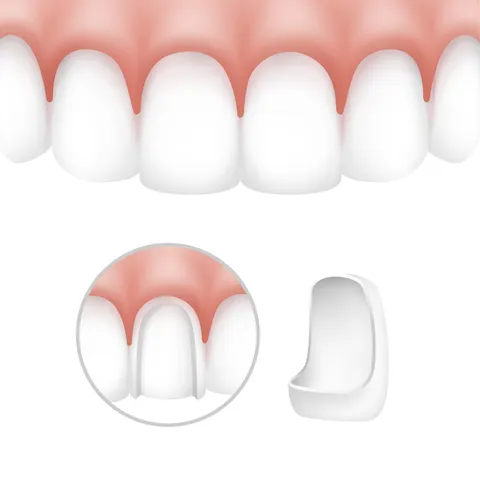1. Epidemiology
- Common occurrence across all ages but more frequent in children, adolescents, and young adults due to active lifestyles, sports, and accidental trauma.
- Dental trauma accounts for 5–12% of dental emergencies.
- Most commonly affected teeth: maxillary central incisors (due to position and exposure).
- Higher prevalence in contact sports participants and individuals with malocclusion or weakened enamel.
2. Expected Prognosis
- Prognosis depends on:
- Extent of fracture (enamel only, enamel-dentin, or involving pulp/root).
- Timeliness of treatment — prompt dental intervention improves outcomes.
- Minor enamel chips often have an excellent prognosis with simple polishing or bonding.
- Deep fractures involving pulp or root require endodontic or restorative treatment; prognosis varies but can be favorable with proper care.
3. Natural Progression
1. Without treatment:
- Minor chips may remain stable but can cause roughness and increased wear.
- Exposed dentin leads to hypersensitivity, discoloration, and bacterial ingress.
- Untreated pulp involvement can progress to pulpitis, necrosis, or periapical infection.
2. With treatment:
- restoration preserves structure, aesthetics, and function.
4. Pathophysiology
Mechanism:
- Direct impact or excessive force exceeds the tooth’s structural strength.
Predisposing factors:
- Weakened enamel (erosion, caries, fluorosis).
- Parafunctional habits (bruxism, biting hard objects).
- Developmental defects in tooth structure.
Fracture patterns: Enamel infraction (microcracks) → enamel fracture → enamel-dentin fracture → complicated crown fracture (with pulp exposure) → crown-root fracture.
5. Possible Complications
- Dental hypersensitivity (thermal, mechanical, osmotic).
- Pulpitis or pulp necrosis.
- Periapical abscess or cyst formation.
- Infection spreading to adjacent tissues.
- Loss of tooth structure requiring extensive restoration or extraction.d
- Aesthetic and functional compromise affecting speech and chewing.
- Malocclusion due to uneven wear if untreated.
Frequently Asked Questions
What should I do if I chip or break a tooth?
Rinse your mouth with warm water, apply a cold compress to reduce swelling, and see a dentist as soon as possible. If you can find the broken piece, bring it with you.
Can a chipped tooth be repaired?
Yes, depending on the severity. Small chips can be fixed with bonding, while larger fractures may require veneers, crowns, or even a root canal.
What causes teeth to chip or break easily?
Weak enamel, biting hard objects, grinding teeth, and untreated cavities can all make teeth more prone to chipping or breaking.
Is a chipped tooth a dental emergency?
It depends, minor chips may not need immediate attention, but large fractures or pain require urgent care to prevent infection or further damage.
Can a chipped tooth heal on its own?
No, teeth don’t regenerate like bones. A chipped tooth requires dental treatment to restore its function and appearance.
Chipping or Fracture can be an adverse outcome of

Veneers
A veneer is a layer of tooth
colored material that is
applied to a tooth to restore
localized or generalized
defect and intrinsic
discolorations.

Crowns and Bridges
Crowns and Bridges are effective dental solutions for repairing damaged teeth or replacing missing ones. A crown or cap strengthens and protects a weakened tooth, while a bridge fills gaps caused by tooth loss by anchoring to nearby teeth or implants.

Smile Designing
A modern dental approach that addresses factors like tooth shape, size, color and alignment to create a smile that compliments your facial features and personality.

Smile Makeovers
A personalized dental treatment plan designed to enhance the appearance of your smile.

Laser Teeth Whitening
Laser teeth whitening is a fast and effective cosmetic procedure for brightening discolored teeth.

Dental Ceramics
Dental ceramics are widely used in restorative and cosmetic dentistry due to their aesthetic appeal and biocompatibility.

Dental Sealants
Dental sealants are a preventive measure designed to protect teeth from cavities by sealing grooves and fissures.

